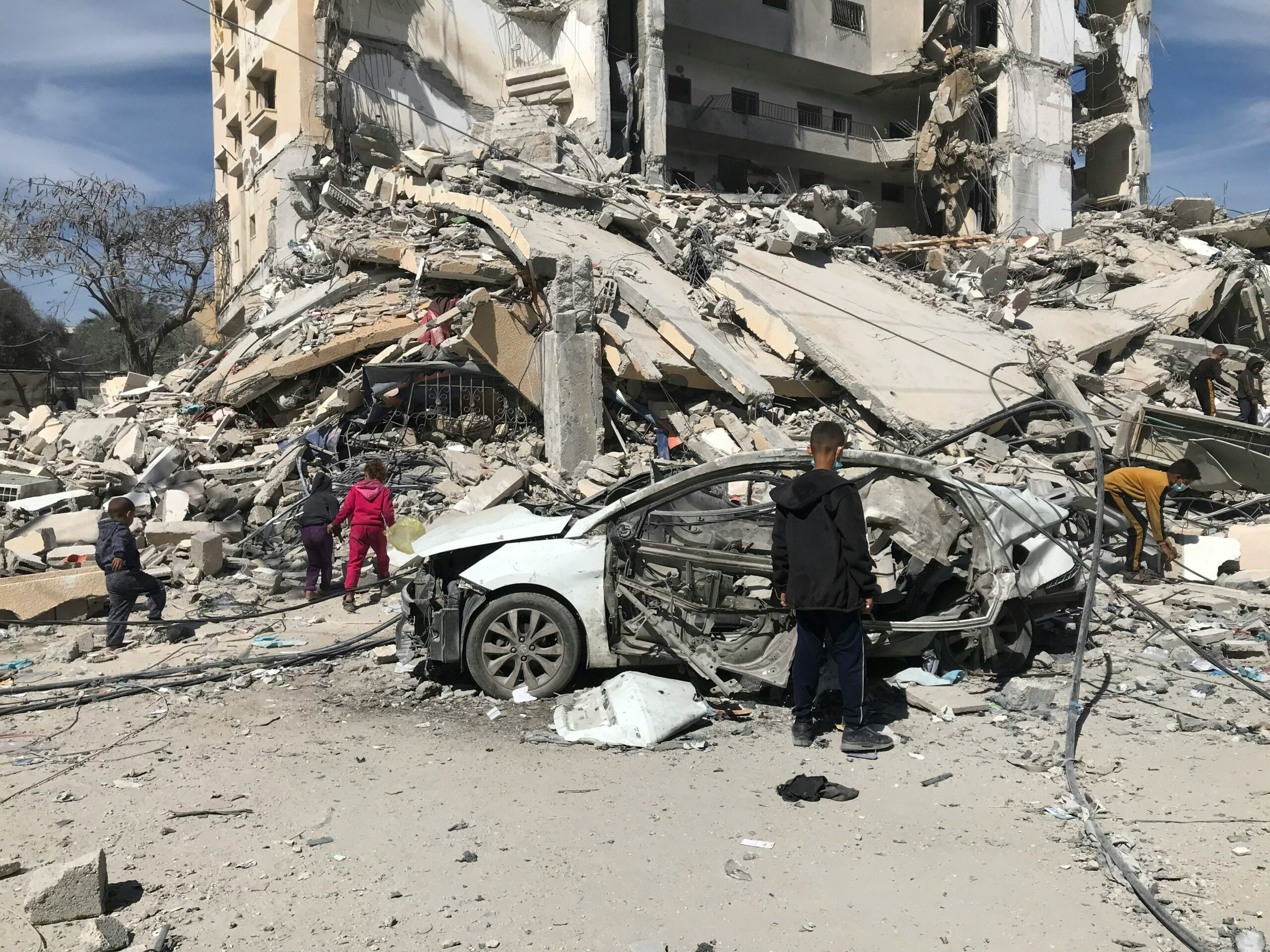Drum-Making Workshop
In our Indigenous Ways of Knowing: Resurgence of Land Based Pedagogies and Practices course, a drum-making workshop stands out as one of the most memorable experiential learning exercises. This exercise focused on Indigenous customs and cultures. In one of our classes, we were taught how to make the drums with the expert guidance of an Indigenous elder (name withheld). He is one of the survivors of the residential schools, and as a way of healing, he decided that he would talk about his experiences in the residential schools while at the same time promoting the indigenous culture. On this day, he decided he would talk about drum making. He taught us the traditional ways of making the drum, its function in ceremonies, and its cultural significance in Indigenous cultures. This practical experience gave us insights into the therapeutic benefits of drumming, particularly for traumatized residential school survivors, in addition to teaching us about the technical components of drumming.
He came with animal hides and small wooden cylinders, as well as the tying leather. From his explanation, he said a drum is made through a number of stages, such as choosing and preparing the wood, stretching the drumhead, and putting the drum together. In order to provide a sense of achievement and a connection to the drum’s cultural significance, each step demands meticulous attention to detail and craftsmanship.

The photos used in this presentation were obtained from Unsplash, a website offering high-resolution photos under the Unsplash license.
The photos were taken in public spaces and are freely available for use. We acknowledge the photographers who made these photos available:
Svetlana S F- Native American Drum
We appreciate the generosity of these photographers in sharing their work with the public.
Note: The Unsplash license allows for free use of photos for personal or commercial purposes, with attribution not required but appreciated.(“https://www.istockphoto.com/photo/hand-made-native-american-shaman-drum-made-of-buffalo-hide-with-beads-and-fur-gm1254494119-366679981?utm_campaign=srp_photos_top&utm_content=https%3A%2F%2Funsplash.com%2Fs%2Fphotos%2Fdrum-making&utm_medium=affiliate&utm_source=unsplash&utm_term=drum+making%3A%3A%3A)
According to him, the process of manufacturing drums can be extremely therapeutic for survivors of residential schools. The elder was explaining how drum making had helped him recover from the trauma he had gone through at the residential school. The cultural customs of many survivors were taken away from them by force after they were taken away to residential schools as a way of making them forget their heritage. He mentioned how affected people can recover a suppressed aspect of their identity and reestablish a connection with their heritage through drumming. In order to recover and regain a sense of belonging, this cultural connectedness is essential. So, the elder took it upon himself and a few others to engage the people using drum making as a way of helping heal the community and concietize on the indigenous culture.
The Indigenous elder (name withheld) who was helping us to make the drums elaborated on how emotions can be powerfully expressed through drumming. He talked about how the drumming’s rhythmic quality can aid in the processing and release of bottled-up emotions in survivors, promoting emotional recovery. He believed that by connecting to their heritage, the residential school survivors could heal. As a way of engaging the community, more awareness workshops are held, which promote bonding and support among participants. He believes that having a network of support will lessen feelings of loneliness by sharing this creative process with people who have gone through similar things.
From the lecture he gave us, I learnt that making drums and other arts and crafts could help with improving the general wellbeing. He said playing the drum and creating it physically can boost mood, lower stress levels, and increase cognitive abilities. What I found out is that it might seem like its not a big deal when you talk about drum making and how it helps with recovery, but hearing it from one of the survivors. I now have a new perception. For survivors of residential schools, drumming is a means of healing and more than just a craft, I’ve discovered. Through this meaningful activity, survivors can find strength and comfort by reestablishing a connection to their cultural heritage, expressing their feelings, creating a sense of community, and cultivating awareness. My comprehension of the cultural significance of drumming has been enhanced by this practical learning task, which also brought to light its potent role in trauma rehabilitation.
